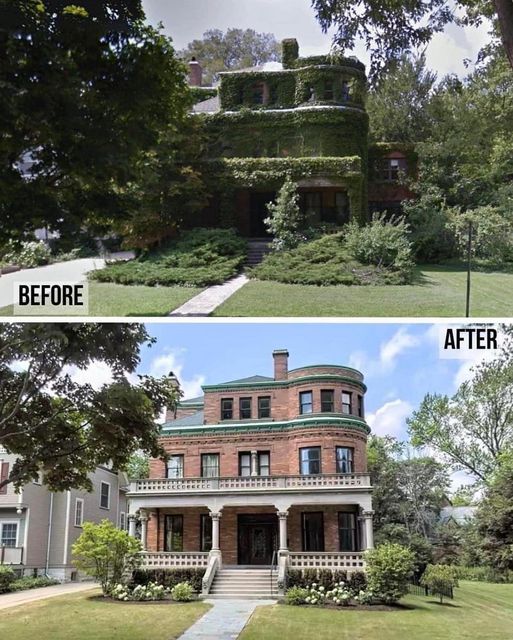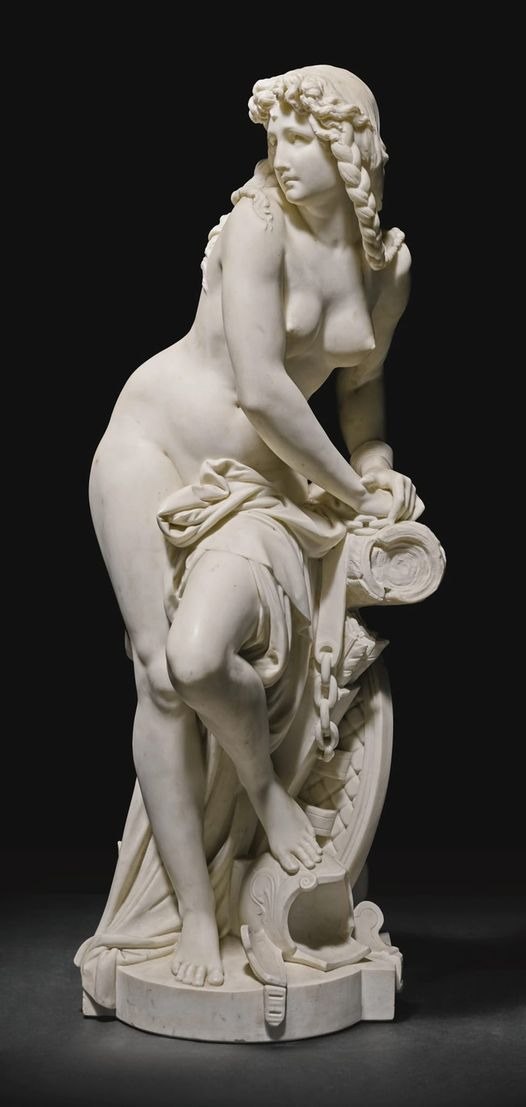In the world of horticulture, few flowering plants can rival the charm and elegance of the Common Crape Myrtle (Lagerstroemia indica). This beloved ornamental shrub has a rich and storied history that spans centuries and continents. In this blog post, we embark on a journey through time to uncover the captivating history of the Common Crape Myrtle, from its origins in Asia to its status as a cherished garden gem around the world. Join us as we explore the legacy of this enduring and beautiful flower.
Ancient Roots in Asia
The story of the Common Crape Myrtle begins in Asia, where it has been cherished for centuries. Native to China, Korea, and parts of India, this flowering shrub was first cultivated over a thousand years ago. Ancient Chinese poets and painters celebrated its delicate blossoms in their works, associating the flower with nobility and refinement. Over time, its popularity spread throughout Asia, finding a place in both royal gardens and common households.

European Introduction
The Common Crape Myrtle's journey to the Western world can be traced back to the late 18th century when European botanists and explorers encountered this enchanting plant during their travels to Asia. Its exquisite, crinkled petals and vibrant colors captivated their hearts. In the 19th century, it made its way to the United States, thanks to the efforts of plant enthusiasts and horticulturists who recognized its potential as an ornamental addition to American landscapes.

Southern Charm
The Common Crape Myrtle found its true home in the southern United States, where it thrived in the warm and humid climate. Its adaptability to various soil types and its resistance to pests and diseases made it a favorite choice for Southern gardeners. The myrtle became a symbol of Southern charm and grace, adorning gardens, streets, and historic plantations. Its brilliant blooms, which can range from white and pink to deep red and lavender, added a touch of elegance to the landscape.

Cultural Significance
Throughout its history, the Common Crape Myrtle has been imbued with cultural significance. In some Asian cultures, it represents longevity and good fortune. In the American South, it is a symbol of hospitality and the enduring spirit of the region. Its prolific flowering in the summer months brings joy and color to landscapes, and its graceful silhouette makes it a cherished sight in gardens and parks.

Modern-Day Appeal
Today, the Common Crape Myrtle continues to enchant gardeners and nature enthusiasts worldwide. Its adaptability to different climates, vibrant blossoms, and relatively low maintenance requirements have solidified its status as a beloved garden staple. Whether planted as a small shrub or pruned into a majestic tree form, the Common Crape Myrtle stands as a testament to the enduring beauty of nature and the human appreciation for floral elegance.

The Common Crape Myrtle, with its centuries-old history and enduring appeal, reminds us of the profound connection between humanity and the natural world. From its humble beginnings in Asia to its prominence in Southern gardens and beyond, this remarkable flowering shrub has left an indelible mark on our hearts and landscapes. As we continue to admire its graceful blooms and vibrant colors, we pay homage to the rich tapestry of botanical history that has brought us the beauty of the Common Crape Myrtle.






